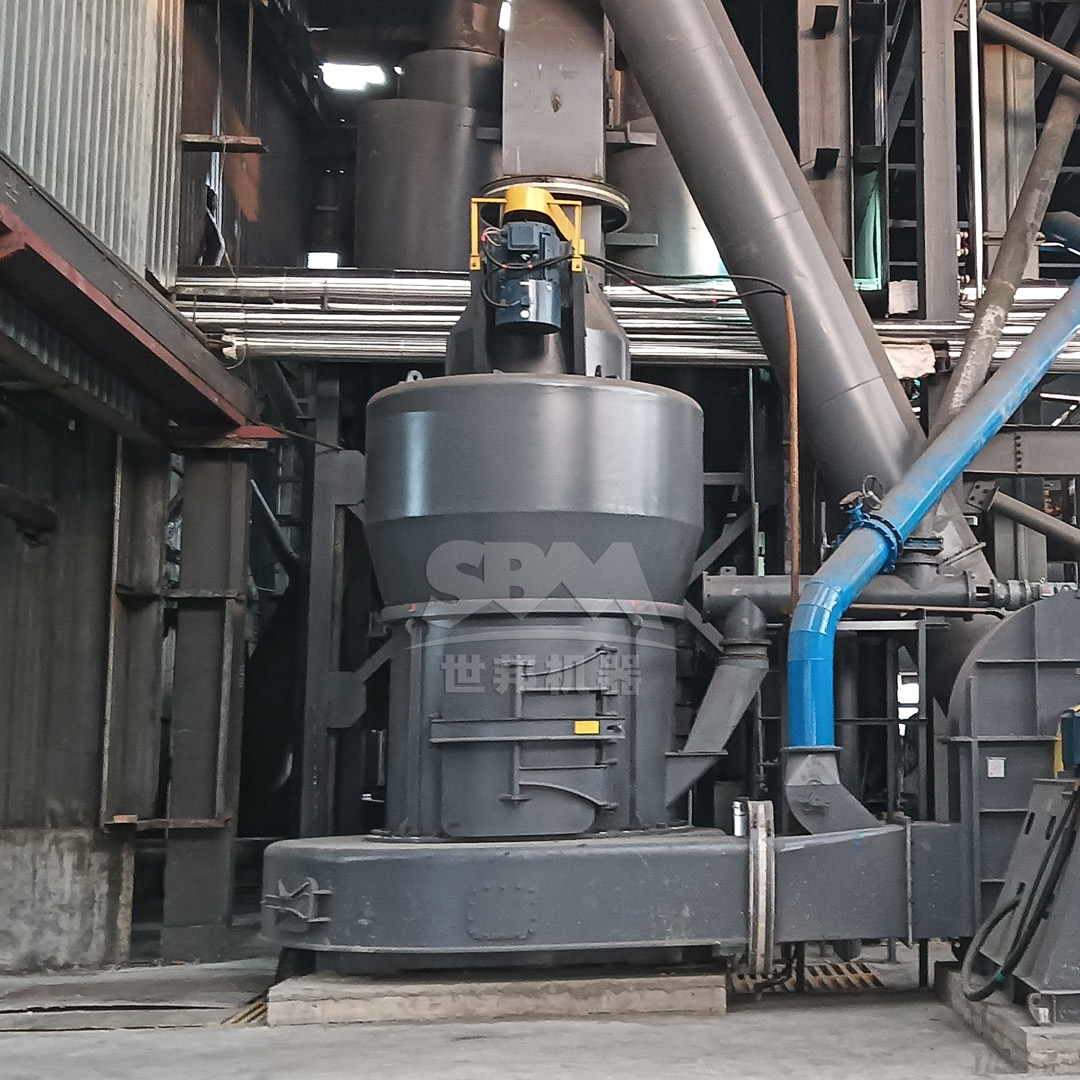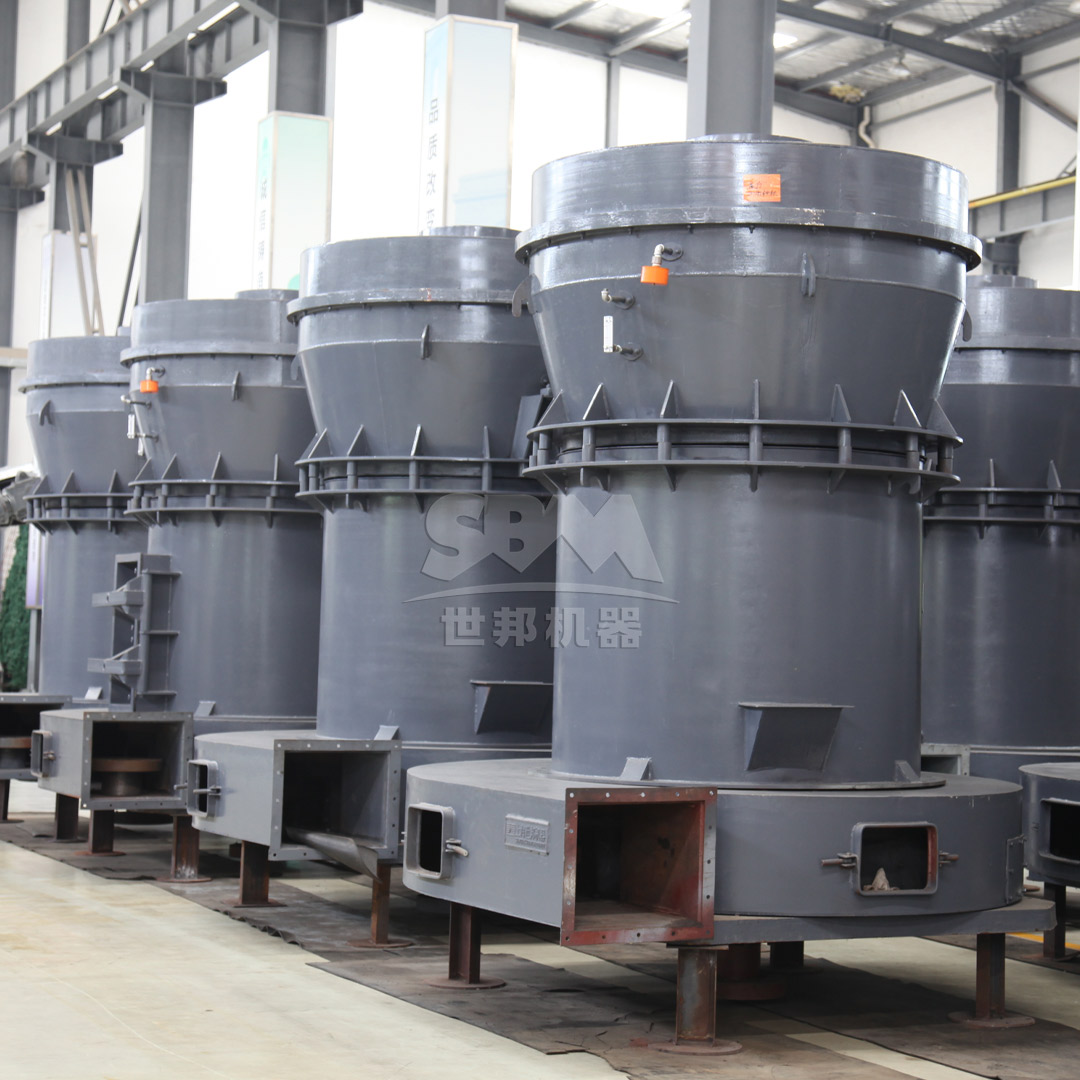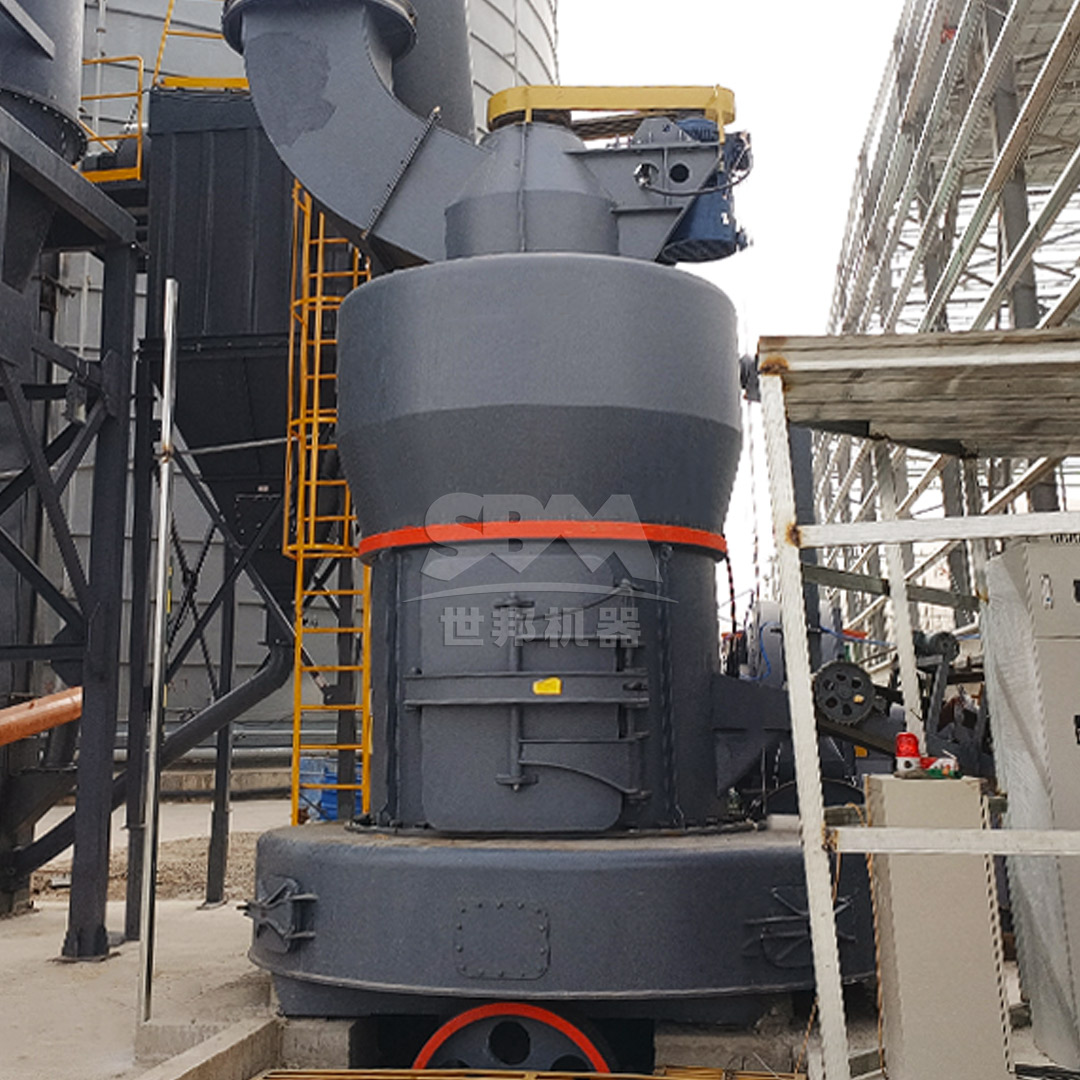October 21, 2025
Introduction
The production of high-quality inkjet printing inks demands exceptional precision in pigment dispersion, particularly for carbon black, which serves as the primary black pigment in most formulations. Achieving the required fineness, uniformity, and stability is paramount for print head performance, color density, and overall print quality. This is where advanced grinding technology becomes indispensable. Specialized carbon black grinding mills are engineered to de-agglomerate and disperse carbon black particles to the sub-micron level, ensuring the production of superior inks that meet the rigorous standards of modern digital printing.

The Critical Role of Particle Size in Inkjet Inks
In inkjet printing, the ink is propelled through microscopic nozzles in the print head. The size and distribution of pigment particles directly influence several key performance metrics:
- Nozzle Clogging: Particles larger than 1-2 micrometers can easily clog print head nozzles, leading to printing failures, banding, and costly maintenance. A consistent, ultra-fine particle size is non-negotiable.
- Optical Density and Color Strength: Finer particles have a larger cumulative surface area, which enhances light absorption and results in deeper, more intense blacks and higher color strength.
- Stability and Shelf Life: Uniformly small particles are less prone to sedimentation and agglomeration, ensuring the ink remains stable in storage and during the printing process.
- Gloss and Finish: The smoothness of the printed film is greatly improved with a fine, narrow particle size distribution, contributing to a high-gloss, professional finish.
Therefore, the grinding mill is not merely a processing step; it is a core component that defines the fundamental quality and performance characteristics of the final ink product.
Technical Requirements for Carbon Black Grinding
Grinding carbon black to the specifications required for inkjet inks presents unique challenges. The material is notoriously hard and abrasive, and its primary particles are already at the nano-scale; the goal of milling is to break down the strong agglomerates formed by these particles. An ideal grinding mill must possess the following attributes:
- Ultra-Fine Grinding Capability: The ability to achieve a final fineness of D97 ≤ 5μm (2500 mesh) or finer.
- Precise Particle Size Control: A highly efficient integrated classifier is essential to ensure a narrow particle size distribution and prevent any coarse particles from contaminating the final product.
- Energy Efficiency: The process of de-agglomerating nano-particles is energy-intensive. Modern mills must optimize the energy input per unit of output.
- Durability and Low Contamination: Contact parts must be made from special wear-resistant materials to withstand the abrasiveness of carbon black and to prevent metallic contamination of the ink.
- Closed, Clean System: A fully sealed system is necessary to contain the carbon black powder, which is both a fugitive and staining material, ensuring a clean working environment.
Recommended Solution: SCM Ultrafine Mill
For the most demanding applications in inkjet ink production, the SCM Series Ultrafine Mill stands out as a premier solution. Engineered specifically for processing materials to micro-powder and nano-powder levels, it is perfectly suited for high-grade carbon black dispersion.

Core Advantages for Carbon Black Processing
- Exceptional Fineness and Efficiency: The SCM Mill can produce powder in the range of 325-2500 mesh (D97 ≤ 5μm), directly meeting the stringent requirements for inkjet inks. Its grinding mechanism offers a capacity twice that of jet mills while reducing energy consumption by 30%.
- High-Precision Classification: Equipped with a vertical turbine classifier, the mill ensures precise particle size cuts. This results in a final product with excellent uniformity and no contamination from coarse particles, which is critical for preventing print head clogging.
- Robust and Contamination-Free Design: The grinding rollers and ring are made from special, long-lasting materials, extending service life significantly. Furthermore, its innovative no-bolt, push-pressure grinding cavity design enhances stability and minimizes the risk of material contamination.
- Environmental and Operational Excellence: With a pulse dust collector that exceeds international standards and soundproofing that keeps operational noise below 75dB, the SCM Mill provides an eco-friendly and operator-friendly solution.
| Model |
Processing Capacity (ton/h) |
Main Motor Power (kW) |
Output Fineness (mesh) |
| SCM800 |
0.5 – 4.5 |
75 |
325 – 2500 |
| SCM900 |
0.8 – 6.5 |
90 |
| SCM1000 |
1.0 – 8.5 |
132 |
| SCM1250 |
2.5 – 14 |
185 |
| SCM1680 |
5.0 – 25 |
315 |
Alternative for Coarser Requirements: MTW Series Trapezium Mill
For ink formulations with slightly less stringent fineness requirements or for the preliminary size reduction stage, the MTW Series Trapezium Mill offers a robust and efficient alternative. Capable of producing powders from 30 to 325 mesh (up to 0.038mm), it is a workhorse for general industrial grinding applications.
Key Features
- Advanced Wear Protection: Its modular shovel design and curved wear parts reduce maintenance costs and extend the life of critical components.
- Optimized Airflow: The curved air channel minimizes energy loss and improves transmission efficiency, contributing to lower operational costs.
- High-Efficiency Drive: The integral conical gear transmission achieves a remarkable 98% transmission efficiency.
The MTW Series is an excellent choice for operations that require high throughput and reliability for a wide range of material preparation tasks.

Conclusion
The selection of an appropriate carbon black grinding mill is a decisive factor in the manufacturing of high-performance inkjet printing inks. The technical challenges of achieving ultra-fine, consistent, and stable dispersions necessitate the use of advanced, purpose-built equipment. The SCM Ultrafine Mill, with its unparalleled fineness control, energy efficiency, and durable construction, is ideally positioned to serve as the cornerstone of a high-quality ink production line. By investing in the right grinding technology, ink manufacturers can ensure superior product quality, maximize print head longevity, and maintain a competitive edge in the dynamic digital printing market.


